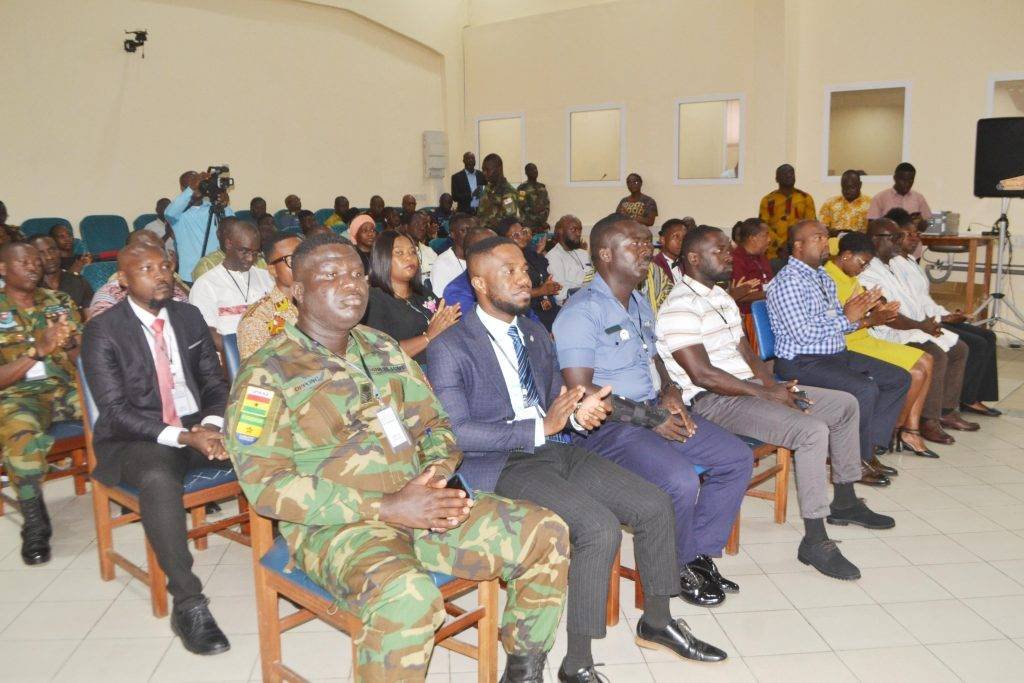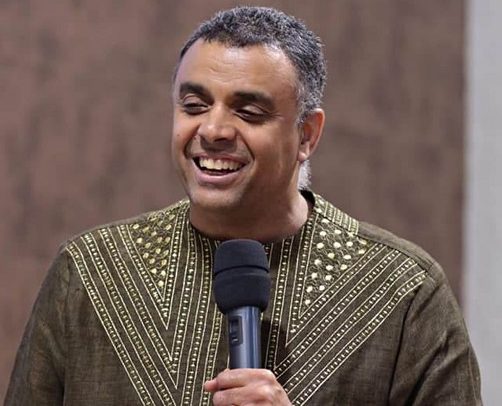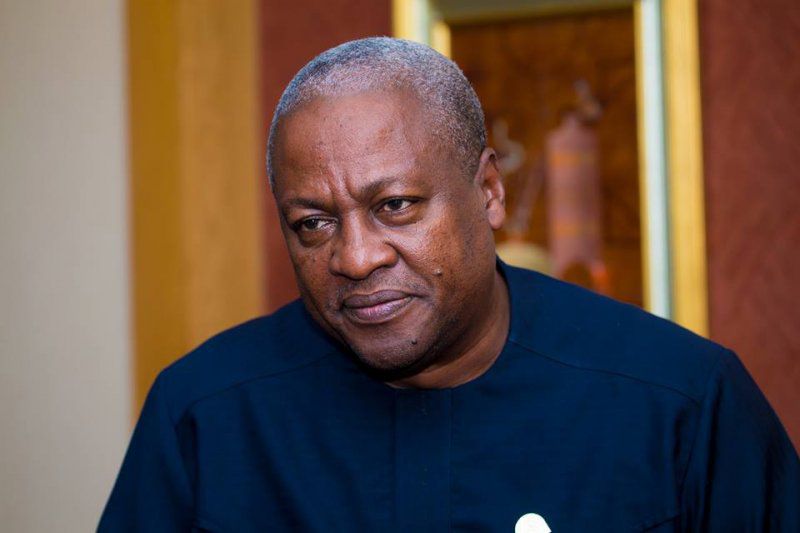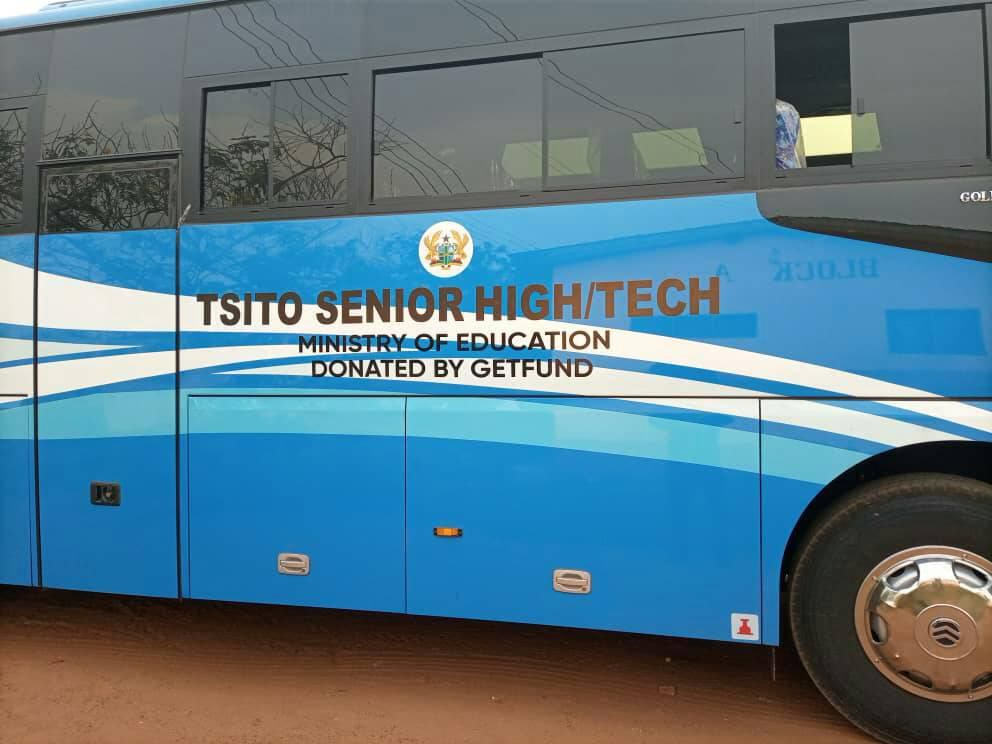
By Dr. Godwin GADUGA
“As the country is set for a radical reset and new challenges emerge, entrepreneurs and business leaders must embrace leadership styles that prioritize clarity, flexibility, and innovation to thrive” – Dr. Godwin Gaduga
Leadership is a reflection of the economic, political, and social forces shaping the business environment. Leadership is always evolving, and if there is one thing last year taught us, the future requires us to adapt constantly! We live in a world characterized by continuous and overlapping disruptions.
Before we have a chance to respond to one disruption, another one hits us; such is the speed of change. In such a context, we have to face several new strategic and leadership challenges. They are new in the sense that leaders of generations ago did not have to face these challenges.
The continuous disruption requires continuous readiness and change inside the organisation. At a strategic level, this may be fine, but people get tired of fighting battle after battle.
How, then, can you energize your people so that they are alert and ready for battles all the time? How do you create a constant and positive sense of urgency and an organisation-wide feeling of unease with the status quo, so that people are always ready to join the fight, whatever disruption hits you?
Transactional leadership is an increasingly irrelevant leadership style in this new era. Focused on rigid structures, task monitoring, and rewarding compliance, transactional leadership is proving inadequate for the innovation and flexibility demanded in 2025.
While it provided structure during the height of the pandemic, when stability was key, its limitations have become evident as businesses face more complex and unpredictable challenges.
The rigid focus on pre-defined metrics discourages creativity and limits problem-solving, leaving businesses unable to unlock the full potential of new technologies. This approach also fails to meet the expectations of today’s workforce, where employees increasingly value autonomy and purpose in their roles. The result is a culture that struggles to retain top talent and innovate at the pace necessary to compete.
Moving beyond transactional leadership is not just an option. It is imperative. Leaders must adopt approaches that promote flexibility, innovation, accountability, and creativity. This evolution requires balancing clear expectations with the freedom for employees to take ownership of their work, setting the stage for leadership styles that prioritize adaptability.
Question: What is your leadership style? Does it suit the times?
The new organisational leadership styles
Founder-Mode Leadership
A new paradigm in leadership in technology is the “founder mode.” Popularized by Airbnb CEO Brian Chesky and start-up veteran Paul Graham, “founder mode” champions a hands-on approach where leaders remain deeply engaged with their companies’ core functions. In an era of rising complexity and shifting market dynamics, this approach has struck a chord with leaders looking for agility and resilience in their organisations.
Founder-mode leadership is emerging as a cornerstone for success in 2025 and beyond. Defined by bold decision-making, proactive planning, and a long-term vision, founder mode enables entrepreneurs to inspire confidence while navigating uncertainty. Leaders who embrace this style do not wait for challenges to arise; they anticipate them and implement strategies to mitigate risks.
At the same time, founder-mode leadership thrives on clear communication. Leaders who explain the “why” behind their decisions—whether reshoring production or adopting new technologies—build trust and alignment among employees and stakeholders. This clarity ensures that bold actions are not just executed but fully supported, creating a foundation for long-term success.
Founder mode represents purposeful, efficient progress with a focus on rapidity. It is a state where leaders maintain a clear vision while swiftly adapting to new challenges. This approach differs from both the frenetic pace of “wolf pack mode” and the often sluggish “manager mode.”
The difference: Founder Mode vs. Manager Mode
It is imperative to understand how the founder mode differs from the more traditional “manager mode.” While manager mode is a common approach in established organisations, it emphasizes distance, hierarchy, and delegation. By contrast, founder mode keeps leaders directly engaged with the core functions of their company, prioritizing presence, functional expertise, and hands-on decision-making.
Level of engagement:
In founder mode, leaders are actively involved in their company’s operations, staying close to product details and customer experiences. Rather than delegating everything to layers of management, they remain visible and accessible, creating a culture where everyone feels accountable for the company’s mission. Manager mode, on the other hand, is more about high-level oversight, with executives relying on senior managers to handle the details.
Organisational structure:
Founder mode champions a flatter, functionally driven structure. Here, functional leaders are empowered to make decisions without excessive layers, which keeps the organisation agile and expertise-based. By contrast, manager mode tends toward a more hierarchical approach, with decisions passing through multiple levels of management. This can slow down decision-making and dilute the focus on functional expertise.
Decision-Making Style:
Decision-making in founder mode is hands-on, collaborative, and adaptable. Leaders in this mode often collaborate closely with functional heads to understand trade-offs and ensure alignment with the company’s values. Manager mode, in comparison, relies more on structured processes, where decisions are delegated and filtered through formal hierarchies. While stable, such leadership styles can be slower to adapt to change and innovation.
In practice, this adaptable mind-set can be crucial. While founders thrive in hands-on roles, the most effective leaders know when to transition and give room for growth, driving the organisation with balance. In short, founder mode is about being connected, agile, and purpose-driven, while manager mode leans toward oversight, delegation, and stability.
The “founder mode” approach is more than just a style of leadership in technology and innovation—it is a commitment to precision, presence, and partnership. In a rapidly evolving market, CEOs can no longer afford to remain distanced from the details.
By fostering a culture that prioritizes functional expertise, facilitates clear alignment across teams, and engages in strategic decision-making, executives can drive resilience and adaptability at every level of the organisation.
Embracing these three approaches allows leaders to guide their organisations with the balance of vision and operational clarity needed to thrive. The result is a company that isn’t just managed but led—one that embodies agility, expertise, and innovation in a way that leaves a lasting legacy.
Agile Leadership
While founder-mode leadership provides vision and decisiveness, it must be complemented by agile leadership, which emphasizes flexibility, collaboration, and quick decision-making. In today’s fast-paced environment, where change is constant, agile leadership ensures that bold strategies remain adaptable to new realities.
For instance, a company integrating artificial tools might pilot these technologies on a small scale before rolling them out across the organisation. This agile approach allows leaders to gather employee feedback, refine processes, and address potential challenges early. Quick feedback loops, such as weekly check-ins, enable teams to stay aligned and resolve issues before they escalate, maintaining momentum even in the face of uncertainty.
In the dynamic landscape of modern business, the imperative for leadership development to evolve alongside rapidly changing corporate paradigms has never been more pronounced.
As organisations, globally pivot towards more flexible, agile methodologies, the corresponding shift in leadership characteristics becomes inescapable. The foundation for the future of effective leadership is unequivocally etched within the principles of agile thinking. Building agile leaders, therefore, emerges as both a challenge and an opportunity in this transformative epoch.
Agility, in its essence, is characterized by the ability to adapt, respond to changes swiftly, and thrive in ambiguous or uncertain environments. For leaders, the translation of this agility into their development programs means fostering a mindset that is not only receptive to change but also proactive in anticipating and navigating the unpredictable waters of the business world. It is about cultivating an ecosystem where innovative thinking, continuous learning, and adaptability are inextricably linked to the DNA of leadership.
The inception of this journey towards agile leadership often starts with a mindset shift. Traditional leadership models, which emphasize command-and-control hierarchies and linear problem solving, are gradually giving way to more fluid and dynamic approaches.
In this new model, the hallmarks of agile leadership – such as emotional intelligence, collaborative problem solving, and the empowerment of teams – become the cornerstones upon which future leaders are built.
This nuanced evolution in leadership development not only mirrors the agile methodology itself but also ensures that leaders are equipped to steer their organisations through the complexities of the modern business landscape.
Moreover, the process of building agile leaders necessitates an environment that encourages experimentation and welcomes failure as a valuable learning tool. Just as agile practices in project management highlight the importance of iterative processes and incremental improvements, so too does the journey of an agile leader benefit from regular reflection, feedback, and the willingness to iterate on one’s leadership style. This approach not only fosters personal growth and development but also cultivates a culture of openness and resilience within the organisation.
The narrative of agility also underscores the importance of diversity and inclusivity. In recognizing that diverse teams bring a wealth of perspectives and solutions to the table, agile leaders champion these values, understanding that diversity is not just a moral imperative but also a business one.
By embedding inclusivity into the core of leadership development programs, organisations pave the way for leaders who are not only adept at navigating today’s challenges but are also capable of harnessing the full spectrum of human potential.
In essence, the journey towards building agile leaders is marked by a profound transformation that goes beyond mere technical skills or managerial acumen. It is about nurturing a leadership ethos that is adaptable, innovative, and inclusive.
As organisations continue to operate in an increasingly volatile, uncertain, complex, and ambiguous world, the need for leaders who embody these agile principles becomes all the more critical. The foundation of the future, therefore, rests not just, on what leaders know, but on how they think, learn, and adapt.
By embedding agility into the very fabric of leadership development, organisations can ensure that they are not just surviving the present but are also robustly geared for the future.
In conclusion, the leadership landscape in 2025 and beyond demands more than bold ideas—it requires action. Entrepreneurs must combine the decisiveness of founder-mode leadership with the adaptability of agile leadership to navigate a complex and fast-changing environment. This means investing in workforce development, preparing for multiple scenarios, and fostering a culture of innovation and experimentation.
Outdated styles like transactional leadership will only hinder progress, failing to meet the demands of a workforce that values purpose, autonomy, and creativity. By adopting leadership approaches that balance long-term vision with responsiveness, private company leaders can position their businesses for sustained success. Leadership in 2025 and beyond is not just about managing challenges—it’s about shaping the future with clarity, flexibility, and intention.
Reference
- Charlie Greenman’s book (2024). Founder Mode: A comprehensive guide to building and scaling successful start-ups.
- Omni Genesis. Founder Mode
- Greineder, M., & Leicht, N. (2020). Agile Leadership – A Comparison of Agile Leadership Styles, in 33rd, Bled eConference: Enabling Technology for a Sustainable Society, Bled, Slovenia, June 28-July 1, 2020, A. Pucihar et al. (eds.), Bled, 24.
- Gren, L., & Ralph, P. (2022). What makes effective leadership in agile software development teams?, in Proceedings of the 44th International Conference on Software Engineering, IEEE/ACM, 2402-2414.
Dr. Gaduga, a Lecturer and a staff member of Amissah, Amissah & Co., a firm of Legal Practitioners and Notaries Public. Contact: 0246390969 Email Address: [email protected] or [email protected]
The post Organisational leadership style for 2025 and beyond: How smart leaders and organisations achieve outstanding performance appeared first on The Business & Financial Times.
Read Full Story















Facebook
Twitter
Pinterest
Instagram
Google+
YouTube
LinkedIn
RSS